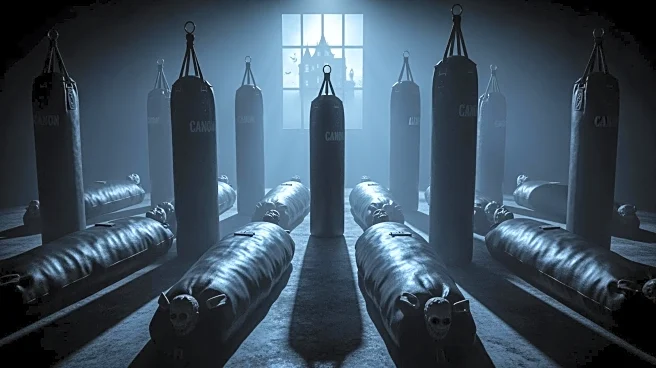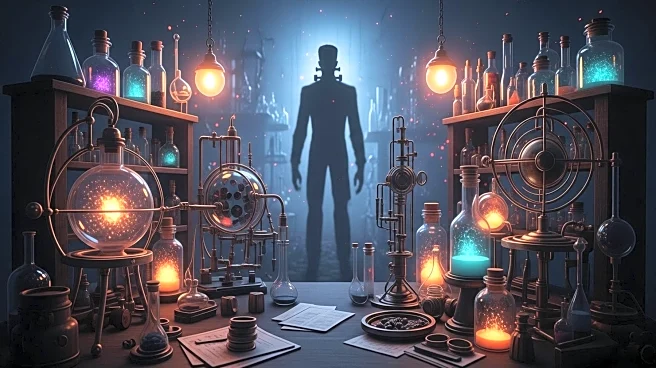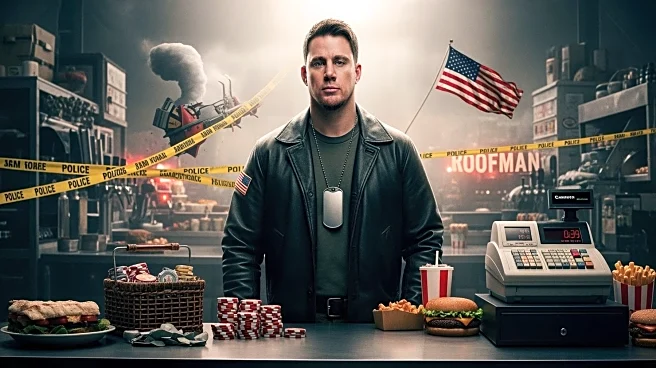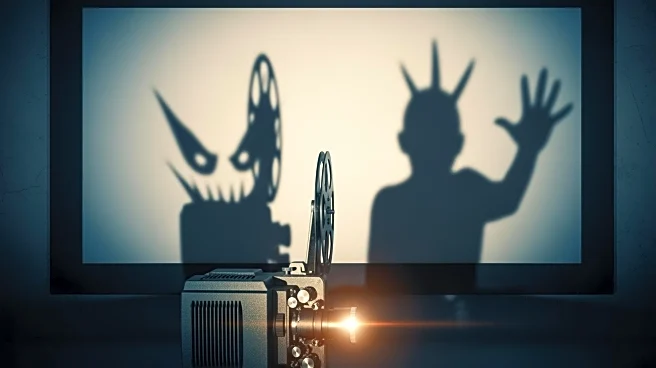What's Happening?
'Black Phone 2' is the sequel to the popular horror film 'The Black Phone,' which was known for its psychological tension and minimal gore. The sequel shifts gears, presenting a faster-paced, action-oriented narrative set in a mountain camp during winter.
While the film retains some characters and supernatural elements from the original, it diverges significantly in tone, opting for a campy slasher style reminiscent of classics like 'A Nightmare on Elm Street' and 'Friday the 13th.' The setting enhances the sense of isolation and immediacy, contributing to the film's suspenseful atmosphere. However, the sequel struggles to maintain the psychological depth and character development that defined its predecessor, resulting in a less impactful narrative.
Why It's Important?
The release of 'Black Phone 2' highlights the challenges faced by sequels in maintaining the essence of their original films while attempting to offer something new. The shift from psychological horror to a campy slasher format may appeal to fans of traditional horror tropes, but it risks alienating audiences who appreciated the original's subtlety and depth. This change reflects broader trends in the horror genre, where filmmakers often balance between innovation and homage to classic styles. The film's reception could influence future horror productions, particularly in how they approach sequels and the expectations they set for audiences.
What's Next?
The mixed reception of 'Black Phone 2' may prompt discussions among filmmakers and studios about the direction of future horror sequels. Audience feedback could lead to a reassessment of how sequels are developed, potentially encouraging a return to the psychological and atmospheric elements that made the original film successful. Additionally, the film's performance at the box office will likely impact decisions regarding potential further installments or spin-offs, as well as the creative choices made in their production.
Beyond the Headlines
The film's portrayal of violence, particularly towards children, raises ethical considerations about the depiction of such themes in entertainment. The choice to focus on a child killer as the antagonist may spark debates about the boundaries of horror and the responsibilities of filmmakers in handling sensitive content. Furthermore, the film's setting and style contribute to ongoing discussions about the evolution of horror, as filmmakers explore new environments and narrative techniques to engage audiences.













